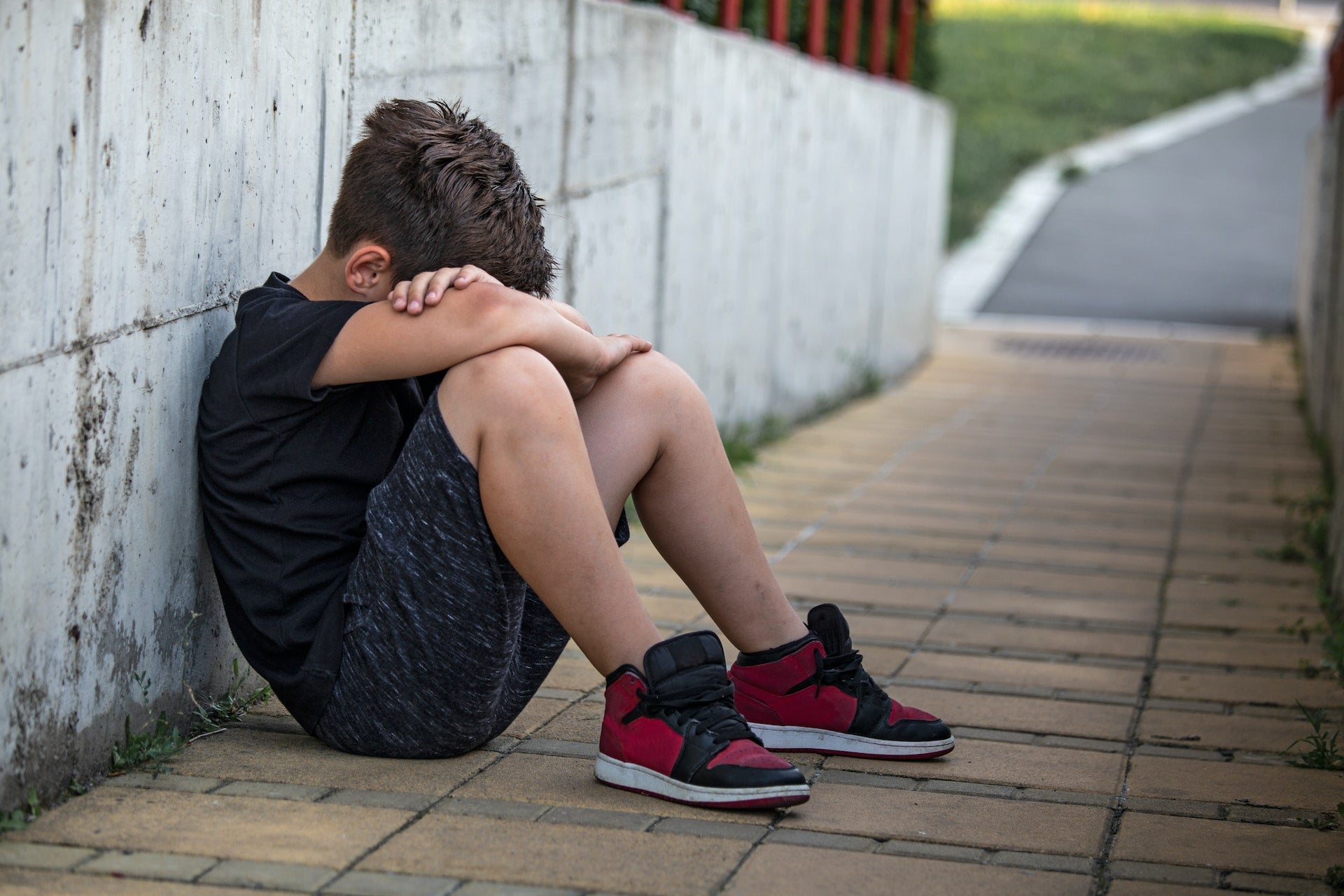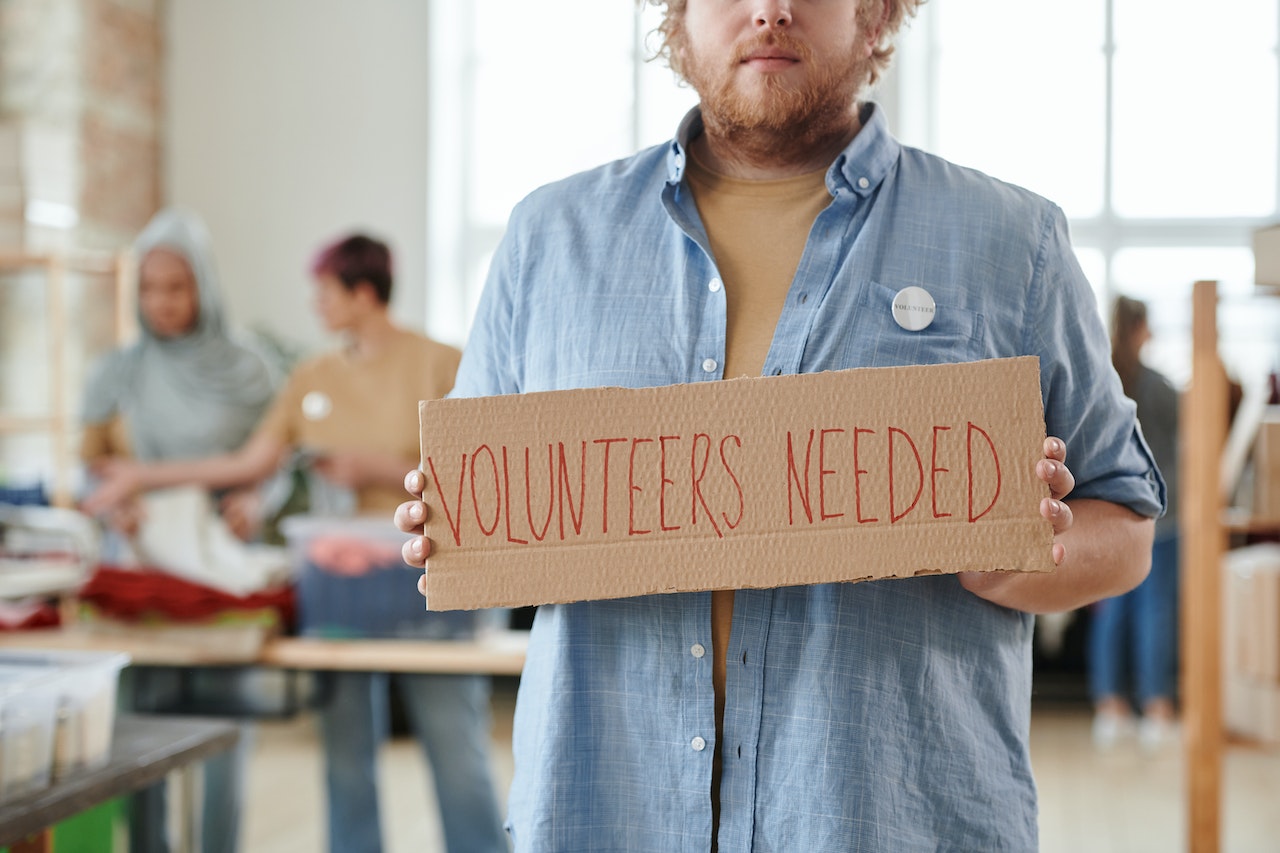Imagine needing the most basic hygiene products and not being able to afford them.
What most take for granted as an everyday necessity, some see as a luxury.
What’s more, poor hygiene can cost people their physical and mental health. Without access to hygiene products, the mental and physical health of many Americans is affected daily.
It can affect a person's ability to attend school, work or social activities.
What is Hygiene Poverty?
Hygiene poverty is a person or family’s inability to afford the most basic hygiene items. These items include:
- Soap
- Shampoo
- Diapers
- Deodorant
- Toilet paper
- Feminine products
Someone struggling with hygiene poverty may be unable to wash their hair due to a lack of shampoo. They may reuse feminine products or diapers because they can't afford fresh ones.
Their clothes may smell or be visibly dirty due to their inability to wash them. They may share toothbrushes with others because they can’t afford one for each person in their household.
Hygiene Poverty Statistics
The statistics show how serious the situation can be for those living in hygiene poverty. In the United States, one in three families reported it is hard to afford basic household items. Families must find ways to afford household items including hygiene products.
They may cut back on some products during certain months, or stock up on items when they have the chance. They may borrow from others or replace like items (such as using shampoo to wash dishes) to make them last longer. Or, they may go without entirely.
Statistics
According to a research project commissioned by Feeding America, the following data was compiled among low-income households:
- 33% of low-income families report bathing without soap when they can't afford body wash.
- 32% report reusing diapers.
- 74% of low-income families who can’t afford household necessities skip laundry or washing dishes. Of this number, 63% will wash the children’s clothes only to put their child’s needs first.
- 50% of low-income families worry about meeting their children’s hygiene needs.
- 73% of low-income households cut back on food expenses to afford hygiene products.
Breaking the Hygiene Poverty Cycle
Without access to basic hygienic products, a preventable disease or illness can worsen. Being sick leads to missing work or school, further fueling poverty levels. It’s a vicious cycle that’s unfortunately difficult to break.
Those who grow up in hygiene poverty are more likely to struggle with education. Their own self-confidence to become successfully employed also takes a hit. This does nothing to help end the cycle of hygiene poverty.
It’s as simple as access to soap and water to prevent viral illnesses and preventable diseases. It’s as simple as being able to afford basic products for a clean appearance to be work or school-ready.
The Unspoken Crisis
With cost-of-living rates rising daily, poverty rates are also rising at alarming rates. Hygiene poverty adds to the demands of households who are already struggling to make ends meet with ever-rising costs.
Whether a family is affected by the hygiene poverty crisis or not, every family can make true change happen. It’s time to break the stigma and put an end to this hidden crisis for all.
Real change comes from empowering those in need and providing access to essential hygiene products. It’s time to rally together and make hygiene poverty an unspoken crisis of the past. It's time to treat all individuals with dignity.









Leave a comment